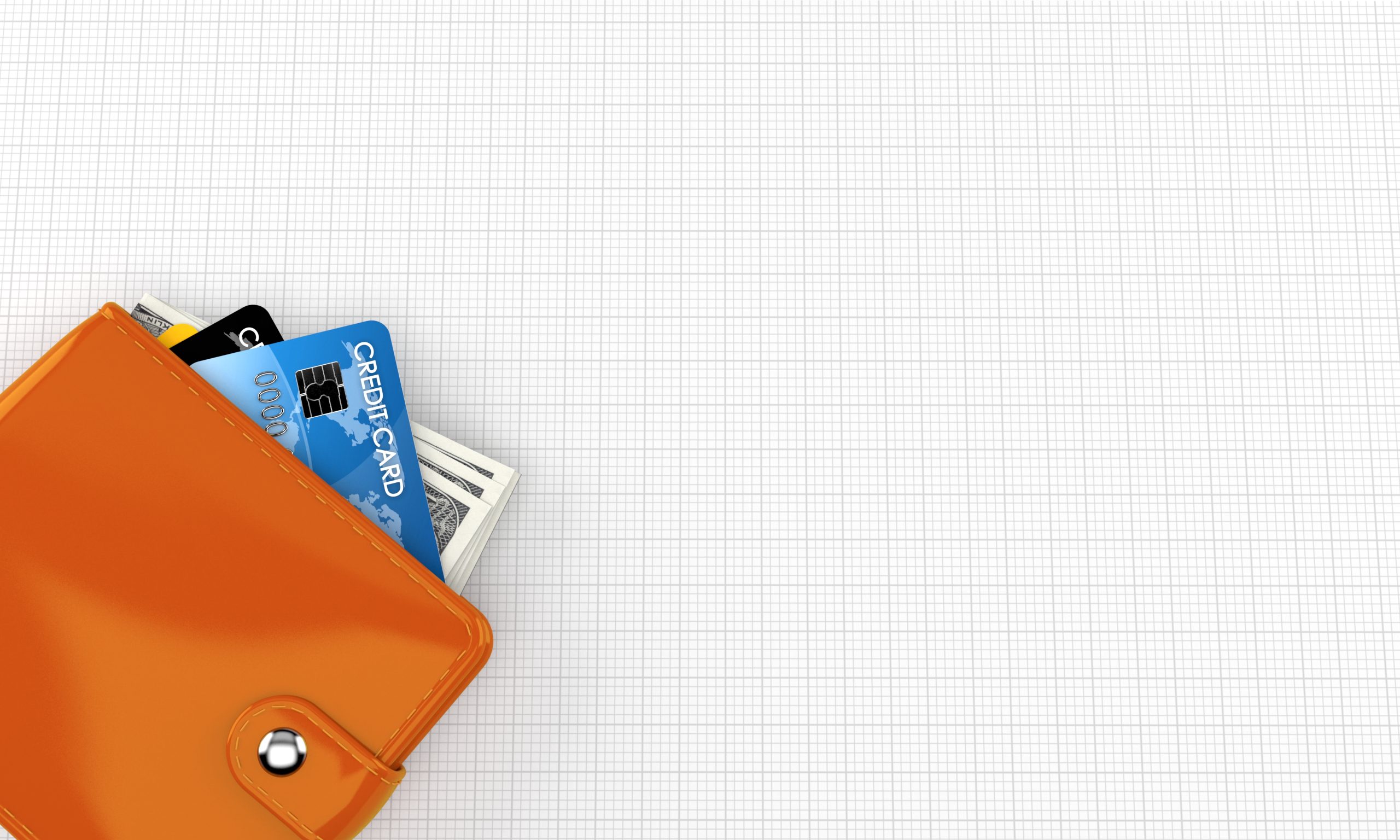Is it overwhelming to you to keep it all organized? This is a step by step guide to separate and organizing your maaser.
If you’ve ever transferred money into your account and thought, “Wait – did I already take maaser from this?” or “Does this gift count?” – you’re not alone. Giving maaser can be both deeply meaningful… and practically confusing.
Let’s break it down and simplify how to organize your maaser, keep track of what needs to be separated, and make sure you’re giving properly – without the stress.
Step 1:
Know What Income Needs Maaser Taken
Here’s a quick cheat sheet:
• Salary or business income? Yes.
• Gifts of money (like a birthday check)? Yes.
• Money earmarked for something (like tuition from a scholarship)? No.
• Government benefits like child tax credit or WIC? Often no – but ask your rav for your specific case.
• Inheritance? It depends – also ask your rav.

The rule of thumb: if the money is now yours to use freely and wasn’t already given for a specific purpose, it likely needs maaser taken.
Step 2:
Open a Separate Maaser Account
This is my #1 practical tip – and it changed everything for me.

Open a dedicated checking account (you can even name it “Maaser” in your banking app) and transfer 10% of every deposit into that account right away.
That way:
• You’re not wondering if you already gave from it.
• You always have tzedakah money ready to give.
• You separate your maaser and household spending – no more fuzzy math.
You can even set up automatic transfers – if you have dependable income! Alternatively, a Donor’s Fund account is also a useful tool in lieu of a separate bank account.
Step 3:
Use a Simple Tracker
Whether you love spreadsheets or prefer pen and paper, tracking helps you stay honest and organized.

Your tracker should include:
• Date of income
• Source (e.g., salary, gift, side job)
• Amount received
• 10% maaser amount
• Confirmation that you transferred/gave it
Bonus: You’ll feel so accomplished at the end of the year seeing how much tzedakah your family gave.
You can download a printable tracker, or use apps like TzedakaCalc or Even Maaser (great if you like doing it on your phone).
Step 4:
Giving with Intention
Having a maaser account means you’re ready to respond when you hear about a need – whether it’s a family in crisis, a yeshiva campaign, or an unexpected appeal.
Step 5:
When You’re Not Sure – Ask
Halachically, maaser can get nuanced.
For example:
• Can you use maaser to pay for your child’s tuition?
• Can you pre-pay maaser?
• Can you use maaser to buy a sefer for someone?
These questions often depend on your specific situation. Don’t hesitate to ask your rav. You’re not being a bother – you’re honoring the mitzvah by doing it right.
Final Thought
Keeping maaser organized doesn’t have to be overwhelming. With a little setup and consistency, it can become one of the most beautiful, intentional parts of your financial life.
Start with one small change – maybe it’s setting up that second account, or just tracking your giving this month. You’ll be amazed how it grows from there.
Resources:
If you don’t feel like you’re in the position to give maaser at all, please talk to your Rav. I’ve heard of ways to do the mitzva without actually giving away the money.
Check out this podcast with Rabbi Kushner.
For those who give a chomesh or want to consider giving it you can check out this site.




Ever since I started working as a girl, I set up with my company’s payroll system that 10% of each paycheck should be sent by direct deposit to a separate checking account. And I have a debit card to be able to donate for any campaign or cause. That’s it. No thought required on my end about it. Any its an amazing feeling to be able to donate without hesitation.